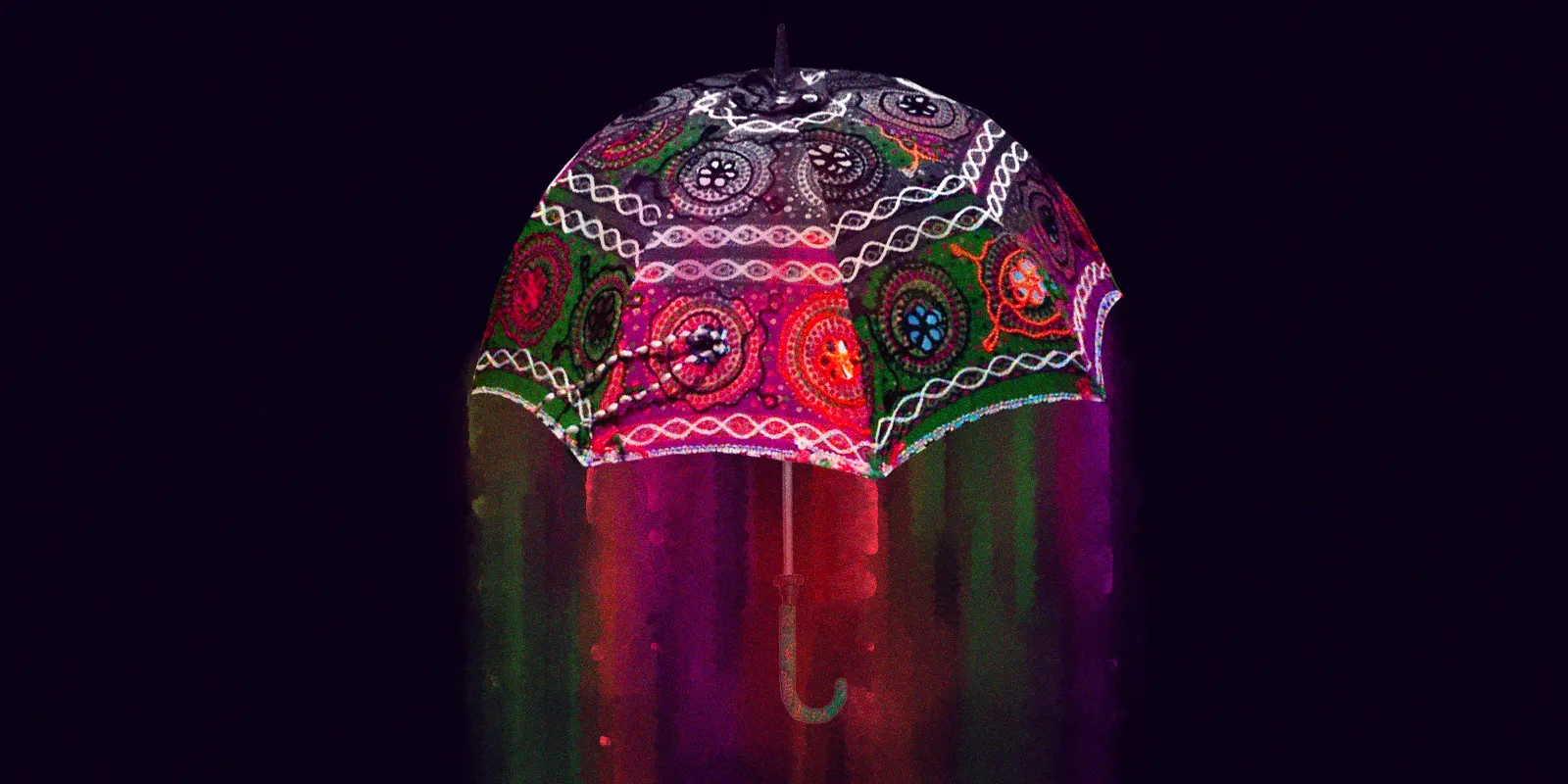Unpacking the Complex and Provocative History Behind the Western Preference for Neutrals and Monochrome: A Fascinating Exploration of Cultural Aesthetics and Societal Prejudices.

For years, I have heard non-South Asians express admiration for the vibrancy of our cultural and religious celebrations, from weddings to festivals, with comments like, “Oh, I just love your celebrations. They’re so colorful!” However, despite the positive sentiment, these comments often carry an undercurrent of discomfort or exoticization, leaving me with an unsettling feeling that the term “colorful” is used as a euphemism for “exotic.”
According to Kriti Mehta, a 26-year-old owner of a South Asian boutique in New Zealand, such comments are commonplace and have become a cultural trope, almost like a meme. In contrast, Mehta pointed out that a simple Google search for “classy aesthetic” predominantly yields results featuring neutral colors, especially in recent years. This discrepancy raises questions about the underlying biases that influence Western perceptions of beauty and aesthetics and the ways in which they have impacted and marginalized cultures and traditions that embrace color and vibrancy.
The recent surge in the popularity of neutrals, characterized by white walls, plain shelving, and grey furniture, has ignited a passionate discussion on TikTok. The conversation was sparked by an article claiming that “color hasn’t been appearing from the world,” supported by data showing that everyday objects have become less colorful and greyer. Surprisingly, even drivers have begun to prefer white or black cars, and carpets have lost their colorful patterns, with beige being the most popular tone, followed by grey and brown. In South Asian fashion, Kriti Mehta has observed that pastel pink, beige, or white are increasingly preferred colors for suits and lehengas. One TikTok user, @eggmcmuffinofficial, linked this “beige era” to a desire for minimalism and mass consumption, resulting in an aesthetic that is easy to reproduce and mass-produce.
However, some users, such as Kriti Mehta, have argued that the appeal of neutrals runs deeper than mere convenience and cost-effectiveness. In fact, according to some experts, the West has a long-standing history of resisting and even fearing the use of vibrant colors. This phenomenon has been attributed to a range of cultural factors, including the association of bright colors with “uncivilized” or “primitive” cultures, the perceived vulgarity of ostentatious displays of wealth, and the stigmatization of “feminine” attributes associated with colorful clothing and ornamentation. As such, the preference for neutrals may be rooted in deep-seated societal biases that prioritize restraint, conformity, and muted elegance over individuality and cultural diversity.
